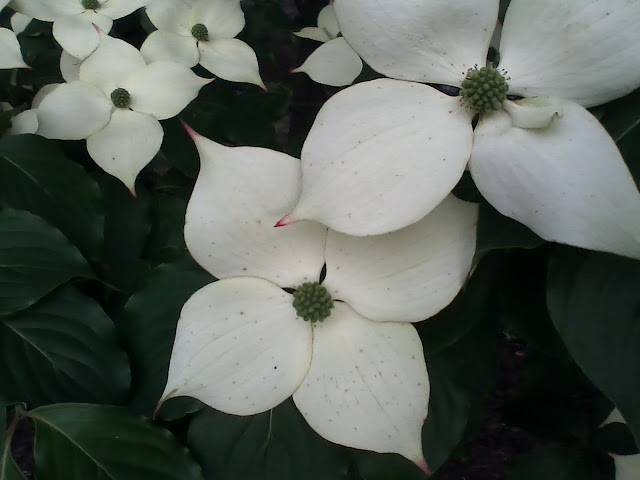It's been several years since I have been able to go picking, and I have been talking about it for months, so much in fact that I got others in the family interested in going too. Monday morning several of us had time off work and I decided it was now or never for getting our berries.
Tips for going berry picking:
Go early in the morning--less bugs/bees (terribly important consideration when picking with my brothers!) also it is best to pick when its not scorchingly hot out later in the day.
Use shallow containers--most places around here provide a flat cardboard container to put your berries in as you pick, however if you have to bring your own containers remember to bring something shallow. Berries are so fragile, and if piled too high even on themselves the lower ones will be juice by the time you are finished and get them home.
Plan on having dirty fingernails!-- there's no way to get around it, if you are picking juicy ripe berries you are going to get messy hands. Just adds to the experience, and that's ok because once you get them home you have to clean and prepare all those berries for storage--and that gets messy too!

We picked a good amount of berries, and after sharing them I ended up with about 16 pounds of strawberries... and now what do I do with all of those!? There are a couple of options to chose from but first things first, gently put berries in a colander in the sink and lightly rinse them with cool water. Next, the little leafy caps need to be removed without wasting much of the berry-- I am not really one of those people that has to have every possibly gadget for the kitchen, however I found that this handy little tool works great. This particular one is called a tomato corer but I have seen the same thing called a strawberry huller. Remove the caps and stems, and place the berries on a towel to air dry a little more.
 |
| kitchen gadget |
 |
| removing the cap |
Once the strawberries have drained somewhat, they can be placed in freezer safe containers, or freezer bags with as much air removed as possible, and frozen for use later. The berries may also be "flash frozen" on a wax paper lined baking sheet and then bagged after they are frozen. This will help prevent them from sticking together in a giant strawberry ice blob.
Another option for using the cleaned berries is to make jam. In the past I have cooked down the berries with sugar and canned the glarp in hot jars...etc...etc.. then I learned of Freezer Jam which is very yummy, and super easy to make and store.
 Though it was the first time I made it, I think it turned out fine and here's what I did: cleaned strawberries, placed in the food processor, 4 or 5 presses of the pulse button and voila... mashed, crushed, or chopped whatever you want to call it. Ball (as in the canning jar company) has a product available called Instant Fruit Pectin, sold in small batch packets. Mix one of these packets with 1.5 cups of sugar, and then add 4 cups of the fresh fruit puree. Stir for 3 minutes. Wait 30 minutes and it will be setting up, or thickening. Ladle into containers or freezer safe jars--use now, keeping up to 3 weeks in refrigerator, or freeze for up to 1 year.
Though it was the first time I made it, I think it turned out fine and here's what I did: cleaned strawberries, placed in the food processor, 4 or 5 presses of the pulse button and voila... mashed, crushed, or chopped whatever you want to call it. Ball (as in the canning jar company) has a product available called Instant Fruit Pectin, sold in small batch packets. Mix one of these packets with 1.5 cups of sugar, and then add 4 cups of the fresh fruit puree. Stir for 3 minutes. Wait 30 minutes and it will be setting up, or thickening. Ladle into containers or freezer safe jars--use now, keeping up to 3 weeks in refrigerator, or freeze for up to 1 year. 

My final products for the day are 6 quart bags of whole berries in the freezer, plus a nice bowlful for shortcake at supper tonight, and approximately 7 pints of strawberry freezer jam. Now if only we had some homemade bread to have with that jam for breakfast...YUM!























